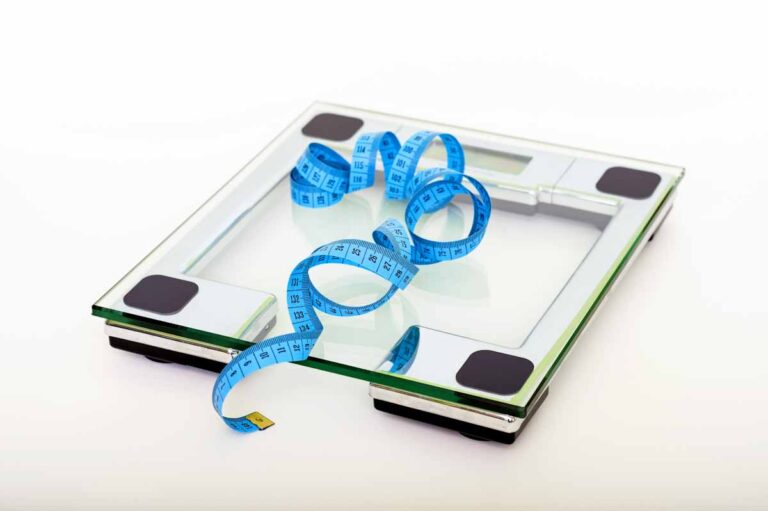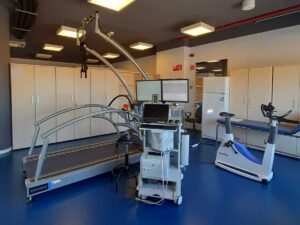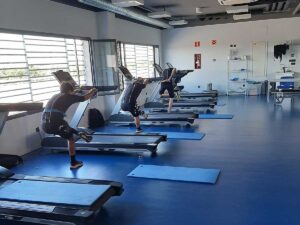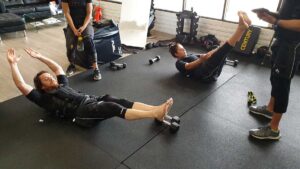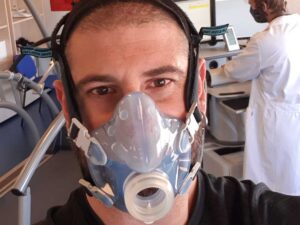Electrostimulation is a widely used method in the area of clinical rehabilitation and sports training. Different types of electrostimulation devices, low frequency device (TENS) and medium frequency device (Russian current) are used in this study. As mentioned in another blog post [2], medium-frequency devices are less effective in terms of force work than low-frequency devices and even in the study where this conclusion is mentioned, the Russian current is from the programs that produces more fatigue at the muscular level. The purpose of this study study is to compare the effects of the two types of frequency on muscle strength and body composition.
In the present study, a sample of 18 Physical Education students between 17 and 22 years of age was chosen. Said subjects performed three 15-minute electrostimulation sessions for 8 weeks. The parameters used in the electrostimulation for each group were kept constant during the 8 weeks, except for the intensity that varied according to the patient’s perception.
Subjects were divided into three groups; 6 students in the low frequency device group, another 6 in the medium frequency device group and 6 in the control group where low frequency electrostimulation was applied at a very low intensity (sensitive threshold). The following subjects had quadriceps girth measurements, quadriceps subcutaneous folds, and peak force was measured using a 1 RM quadriceps press test.
Regarding the parameters for the electrostimulation were the following: In the low frequency group (CTM) a frequency of 100 Hz was used, with a pulse width of 400 microseconds, a cycle of 3 sg of electrical impulse and 17 seconds of rest. and an intensity of 0-100 mA. On the other hand, the medium frequency group (CR) used a frequency of 2500 Hz, a cycle of 10 seconds of electrical impulse and 50 seconds of rest with an intensity of 0-100 mA. And the control group (CT) used a frequency of 100 Hz, with a pulse width of 150 microseconds and very low intensity (sensitive threshold). These values can be seen in the following table (Table 2).

After 8 weeks of muscle strengthening there was a significant increase in maximum strength of up to 31% in the low frequency group. Also, there was a decrease in the thickness of the skinfold and an increase in the perimeter of the quadriceps in the low frequency group. These results can be seen in the following table (Table 3).

Analyzing the previous results well, we can conclude that low-frequency devices are very effective in achieving mass gain and muscle strength and also in the loss of subcutaneous fat. However, larger sampling studies are needed for stronger confirmation.
Bibliography
- Campos, C. Martinez, C. Carrasco, V Arcay, R Ramirez, R Mariscal, M Jerez, D DaSilva, M. (2016). Efecto de 8 semanas de corriente TENS modificada y la corriente rusa, sobre la fuerza muscular y la composición corporal. Revista Andaluza de Medicina del Deporte, 9, 3-6.
- Yocheved Laufer, Michal Elboim. (2008). Effect of Burst Frequency and Duration of Kilohertz-Frequency Alternating Currents and of Low-Frequency Pulsed Currents on Strength of Contraction, Muscle Fatigue, and Perceived Discomfort. Physical Therapy, 88, 1167-1176.

